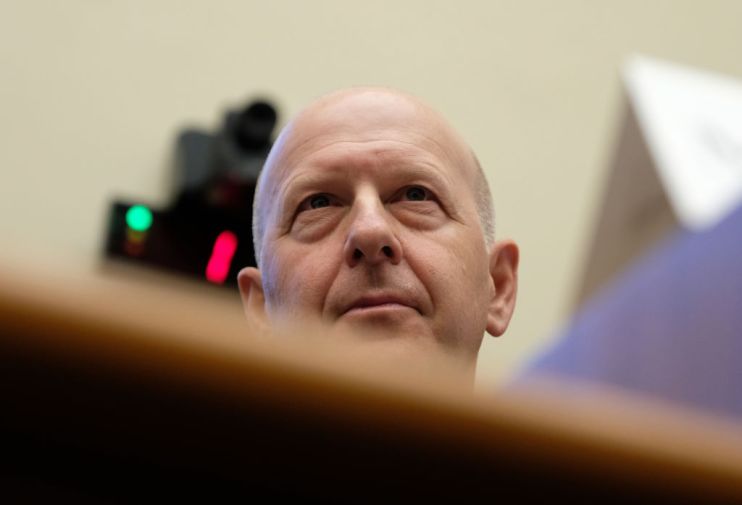Wall Street titan Goldman Sachs misses profit expectations on weak trading revenue

One of Wall Street’s top investment banks, Goldman Sachs, has missed profit expectations on weak trading activity.
A bumper period of takeover volumes was overshadowed by a seven per cent reduction in Goldman’s global markets arm, the lender announced today.
Profits applicable to common shareholders for the three months to December came in at $3.8bn (£2.8bn), down 13 per cent from the same period last year and lower than Wall Street’s expectations.
Greater stability in financial markets driven by the global economy recovering from the worst effects of the Covid-19 pandemic has dampened activity on financial markets, weighing on Goldman’s trading income.
The world’s top investment banks have been boosted by a rush of activity on global financial markets over the last 18 months, triggered by investors taking advantage of sharp swings in stock prices since the onset of the pandemic.
A record low interest rate environment has also stimulated investors’ risk appetite, triggering a flight to equity markets in search of yield.
A strong period of global takeover activity driven by a combination of private equity funds rushing to unleash dry powder and listed companies looking to capitalise on higher stock valuations led Goldman’s advisory revenues 49 per cent higher compared to the fourth quarter of 2020.
Income generated by Goldman’s investment bank soared 45 per cent over the last year to $3.8bn (£2.8bn).
Despite the downtick in trading revenue, David Solomon, chairman and chief executive of Goldman Sachs, said: “2021 was a record year for Goldman Sachs.”
“The firm’s extraordinary performance is a testament to the strength of our client franchise and people,” he added.
Other Wall Street titans have registered a drop off in trading revenue.
Last Friday, investment banks JPMorgan and Citi both smashed analysts’ profit expectations, with strong investment banking activity at the former offsetting a dip in trading income.
The world’s largest lenders are set to be boosted by the US Federal Reserve and the Bank of England launching a rate hike cycle this year in a bid to tamp down on soaring inflation.
Banks benefit from higher borrowing costs as it allows them to charge more for loans, widening their net interest rate margin.